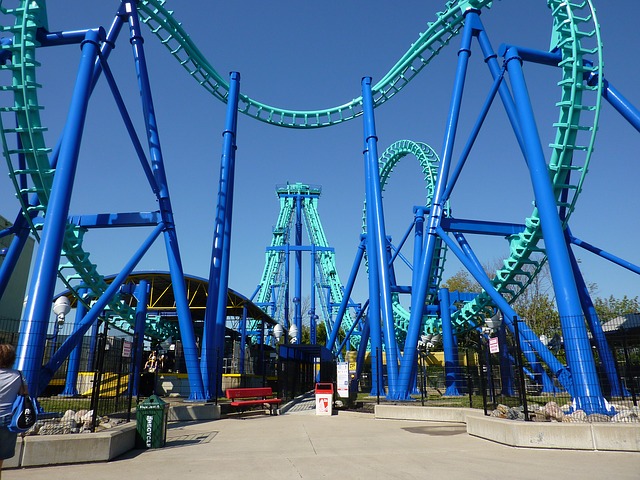On the heels of investors rushing into the stock market in November and December, January kicked off with a bang. The two hottest areas, electric vehicles (EV) and crypto currencies, went into overdrive.
Their respective flagship investments caught the attention of the media and the person on the street. Tesla, as the lead EV maker, advanced about 25% in the first week of trading. Bitcoin, as the marquee crypto currency, skyrocketed some 45% in the same time period.
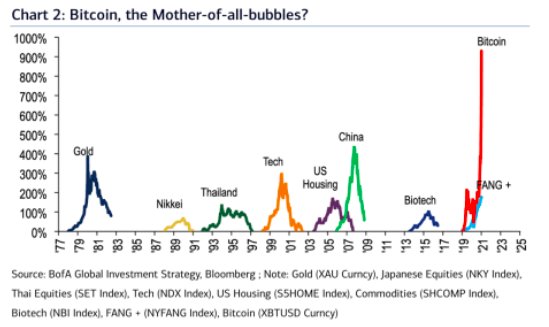
In my opinion, the rush into investments of all sorts early in the year has sharply accelerated the rise in the most speculative names.
Bubbly
I find the study of investment bubbles to be fascinating. Bubbles provide investors with the rare ability to buy a broad set of assets at truly distressed prices.
Jeremy Grantham, whose letter I quoted in last month’s issue, has been a long-time student of bubbles. He correctly called the Japan, Internet and Housing bubbles.
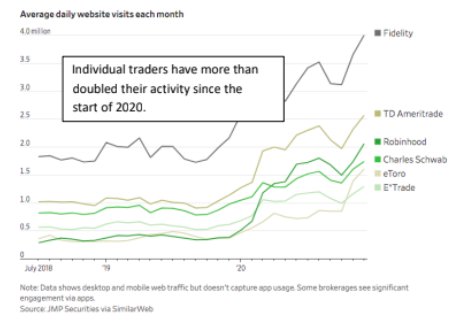
Grantham gives us criteria for judging whether stocks are in a bubble. Here are some of the more important criteria that he highlights. First, look for stocks at extremes in price. Add euphoria from a new set of retail investors entering the stock market.
And lastly, identify an unsustainable situation projected to last far into the future. In regard to today’s stock market, we have covered the extremes in prices of today’s stocks in previous letters. As for euphoria, a quick perusal of headlines is enough to convince an observer that the best and easiest path to riches is to invest in the stock market.
The media have published story after story of kids earning more than their parents, people retiring early and others going from rags to riches. Brokers report that more accounts are now trading than they ever have in history.
Government Stimulus
The last point, regarding an unsustainable situation, requires a belief in impossible things—just like Alice is advised in her travels through Wonderland. In today’s environment, the unsustainable element refers to a never-ending stream of government stimulus programs.
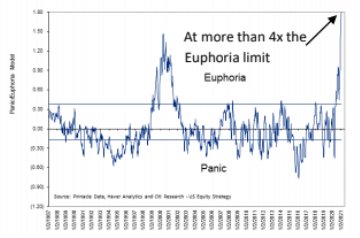
In response to the economic damage inflicted by the COVID pandemic, governments around the world are using stimulus to bolster their economies. One side effect of the stimulus and monetary easing is that stock markets have taken off after their dramatic drop in March.
With a blue wave sweep of the House, Senate and White House, the belief is that we will have stimulus as far as the eye can see and that this stimulus will take stocks to the moon. So, are we in a bubble? In my opinion, the answer is yes.
Speculative Readings
Euphoria is jumping off the page as individual investors rush to make their fortunes in the stock market. The Citibank Panic / Euphoria model, which goes back to 1987, has just registered its highest level ever. At a reading of 1.8 it is over 4 times the initial limit for Euphoria of 0.4.
This is significantly higher than the level we reached during the Internet Bubble in 1999/2000. Another good indicator of the level of euphoria in the market is the amount of speculative call buying by small traders. What makes buying a call option particularly risky is that guessing wrongly on either the price or the timing of the bet results in a complete loss of capital.

Party Over
Before I start this section, let me say that I am not a fan of histrionics and Armageddon scenarios. That said, if we look at the historical record of what happens during the bursting of bubbles the results are not pretty.
In 1929, the initial pull back began gradually and culminated in a loss of ~40% in approximately 2 ½ months. The stock market then went through a series of recoveries and panics culminating in a total loss of ~89% after 2 years and 10 months.
By many measures, as I have written previously, this bubble is even more extreme than these two examples. There is no guarantee that we see the same thing happen this time. However, historically, parabolic rises lead to parabolic declines.
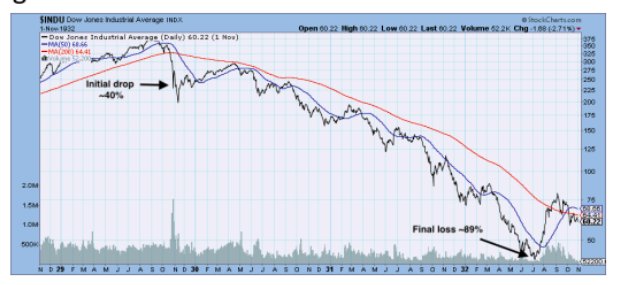
Fear of Missing Out
With the evidence presented above my hope is that I have convinced you that 1) we are in fact in one of the great financial bubbles of all time and that 2) the aftermath will wipe out many fortunes.
That said, as a bubble goes through the process of exhausting itself stock prices can rise rapidly. When prices rise rapidly, we may feel a certain sense of anxiety and envy as we stand to the side waiting for the dust to clear.
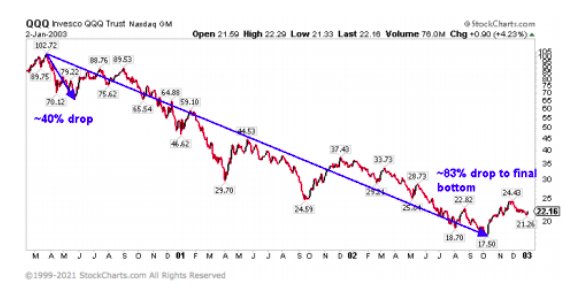
A financial bubble is where great fortunes are made and lost. As I showed above, with the bursting of this bubble we will be presented with tremendous opportunities. Our job in the meantime is to be positioned to profit from the opportunity when it is presented to us.
For now, that means we are largely positioned in cash and bonds. Cash gives us the flexibility to buy bargains and bonds give us the possibility of gaining from the flight to safe treasury bonds once the bubble bursts. We continue to wait patiently for bargains to appear.
Photo Credit: Cassandra Hymers via Flickr Creative Commons
Disclosure: This publication may contain forward-looking assessments, which are based upon a number of assumptions concerning future conditions that ultimately may prove to be inaccurate. Such forward-looking assessments are subject to risks and uncertainties and may be affected by various factors that may cause actual results to differ materially.
This piece is provided as educational information only and is not intended to provide investment or other advice. This material is not to be construed as a recommendation or solicitation to buy or sell any security, financial product, instrument, or to participate in any particular trading strategy.


